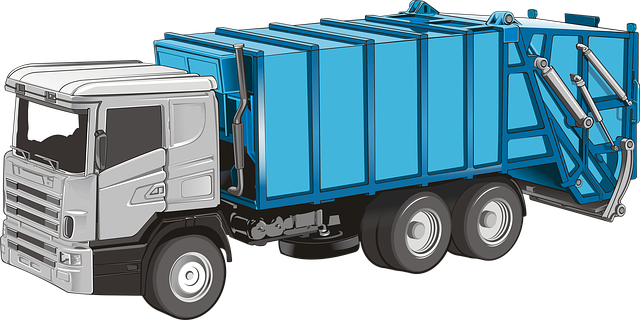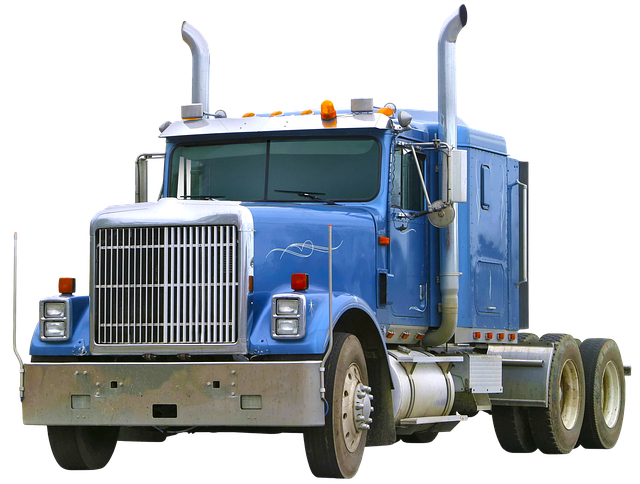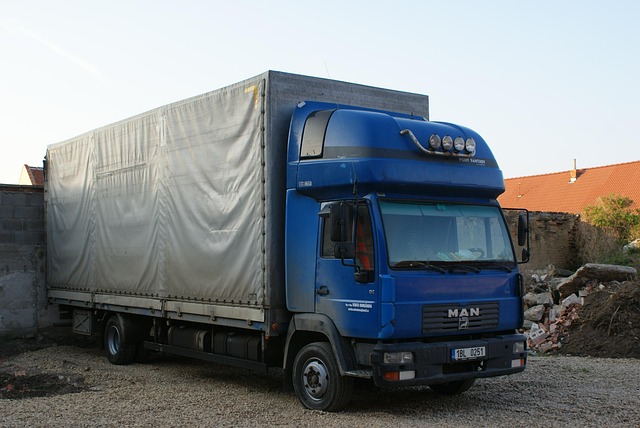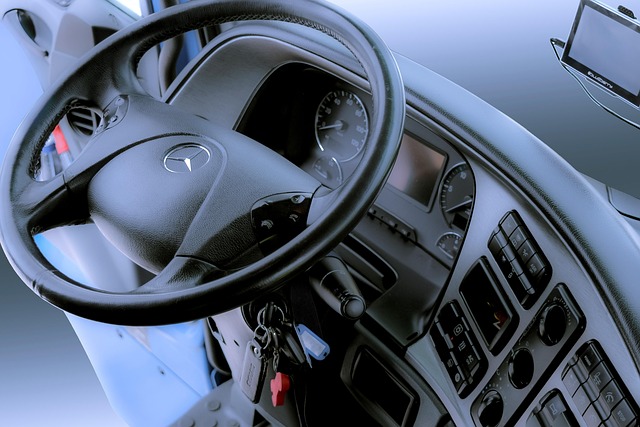Looking to register your car in California? This comprehensive guide breaks down the process step-by-step, ensuring a smooth experience. From understanding key requirements and gathering essential documents to completing application forms and paying fees, we cover it all. A crucial aspect is the VIN (Vehicle Identification Number) verification process, which ensures accuracy. By following these straightforward instructions, including how to perform VIN verification, you’ll be cruising in compliance in no time.
- Understand California Car Registration Requirements
- Gather Necessary Documents for VIN Verification
- Perform VIN Verification: Steps and Process
- Complete Application Forms for Vehicle Registration
- Pay Registration Fees and Obtain License Plate
Understand California Car Registration Requirements

Before registering your car in California, it’s crucial to understand the state’s specific requirements. One key aspect is ensuring accurate and up-to-date information for both the vehicle and its owner(s). This includes verifying the Vehicle Identification Number (VIN) through a process known as VIN verification. California requires this step to prevent fraud and ensure that all registered vehicles meet safety standards.
A mobile vin inspection or using a mobile vin verifier can streamline this process, making it convenient for both new and existing vehicle owners. By providing proof of a valid VIN, along with the necessary documents like registration, insurance, and proof of ownership, you’ll be well on your way to completing the car registration process in California.
Gather Necessary Documents for VIN Verification

Before heading to the California Department of Motor Vehicles (DMV), make sure you gather all the essential documents required for VIN verification. The Vehicle Identification Number (VIN) is a unique code that identifies your car, and it’s crucial for the registration process. You’ll need the vehicle’s title, which proves ownership, as well as valid identification documents like a driver’s license or state-issued ID. Additionally, a current auto insurance policy and proof of residency are mandatory.
For convenience, many residents opt for a mobile vin inspection or vin inspection service, allowing them to complete the verification process without visiting the DMV in person. This method is not only time-saving but also ensures that your car’s registration is handled accurately and efficiently.
Perform VIN Verification: Steps and Process

To ensure your car’s registration process goes smoothly in California, begin by performing a VIN (Vehicle Identification Number) verification. This step is crucial for validating the vehicle’s history and ensuring it meets all legal requirements. You can initiate the vin inspection yourself or opt for a mobile vin verification service to have an inspector come to your location.
The process involves several steps: first, locate the VIN on the vehicle, typically found on the driver’s side door frame. Then, use an online tool or service to cross-reference the number with various databases. These databases will provide information about the car’s past owners, accident history, and any outstanding issues. Once you have verified that all details are accurate and the vehicle passes inspection, you can proceed with the registration process, making sure your car is legally compliant and ready for California roads.
Complete Application Forms for Vehicle Registration

To register your car in California, the first step is to complete the necessary application forms. You’ll need the Vehicle Registration Application (Form DV-140), which can be obtained from the California Department of Motor Vehicles (DMV) website or at any DMV field office. Fill out this form accurately and completely, providing details such as your personal information, vehicle description, and proof of insurance.
Remember to include the Vehicle Identification Number (VIN) verification during the registration process. This is a crucial step that ensures the vehicle’s authenticity. You can complete this by utilizing a mobile vin inspection service or a vin verifier, which will cross-check the VIN with state records to confirm its status and history. Ensure your application includes all required documents and fees to streamline the registration procedure.
Pay Registration Fees and Obtain License Plate

After completing your vehicle’s registration application, it’s time to pay the required fees. The California Department of Motor Vehicles (DMV) outlines the costs for various types of vehicles, so be sure to check their website for up-to-date pricing. You can typically pay online or at a DMV field office using a debit or credit card. Once your payment is processed, you’ll receive a temporary registration permit. This allows you to legally drive your car while awaiting your permanent license plates.
Before receiving your license plates, you must have your vehicle’s VIN (Vehicle Identification Number) verified. You can do this through the DMV’s online system or by scheduling a mobile vin inspection with an authorized service provider. A mobile vin verifier can come to your location and perform this verification quickly and conveniently, saving you a trip to the DMV. Once your VIN is confirmed, the DMV will issue your license plates, which will be attached to your vehicle using screws provided in the kit.
Registering a car in California involves understanding key requirements, gathering essential documents, completing application forms, and paying fees. After confirming your vehicle’s unique vehicle identification number (VIN) through a meticulous VIN verification process, you’re one step closer to legalizing your ride. By following these steps and ensuring all necessary paperwork is in order, you’ll efficiently navigate the process of California car registration.



